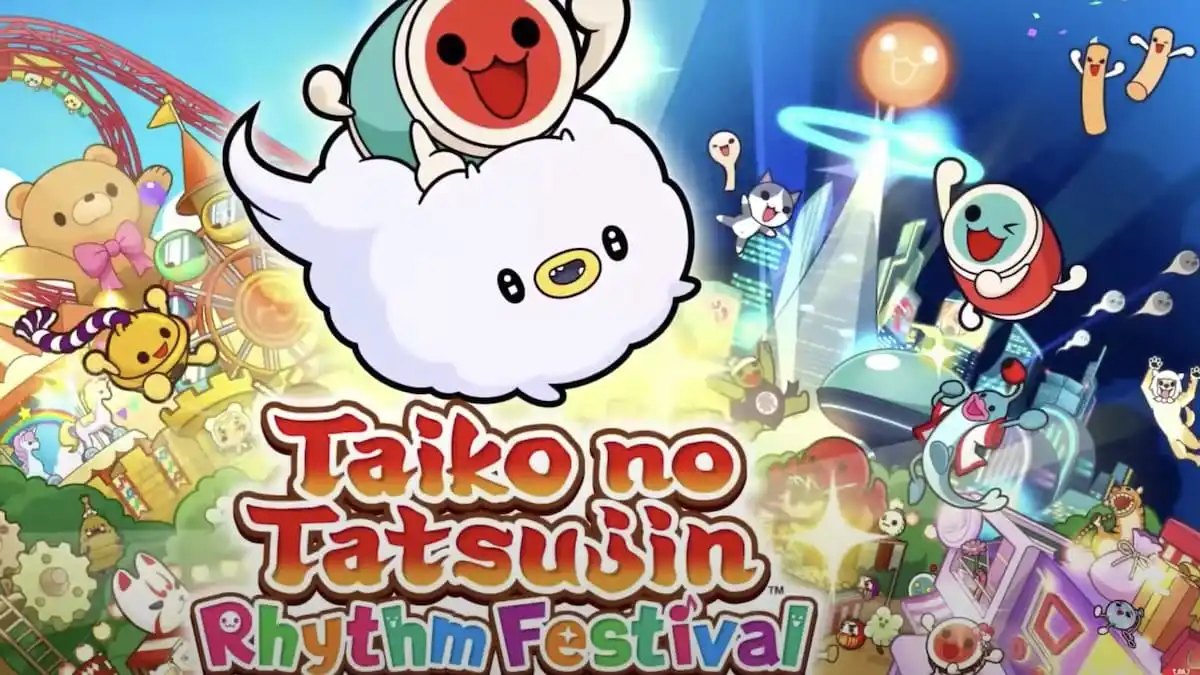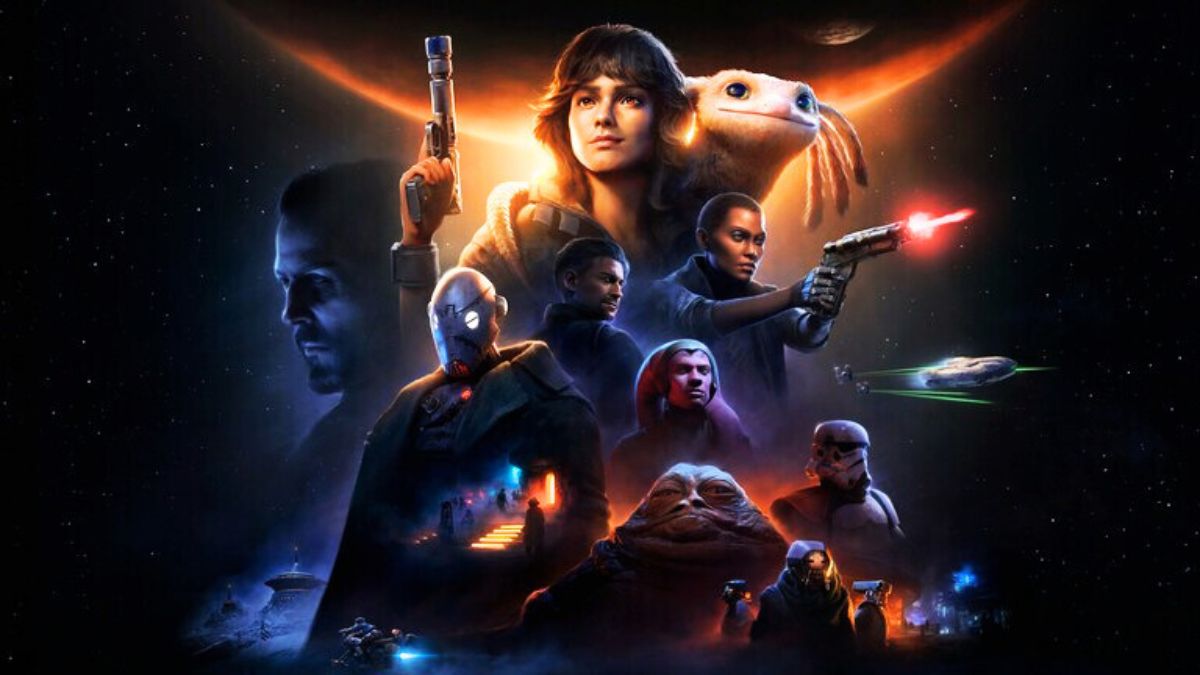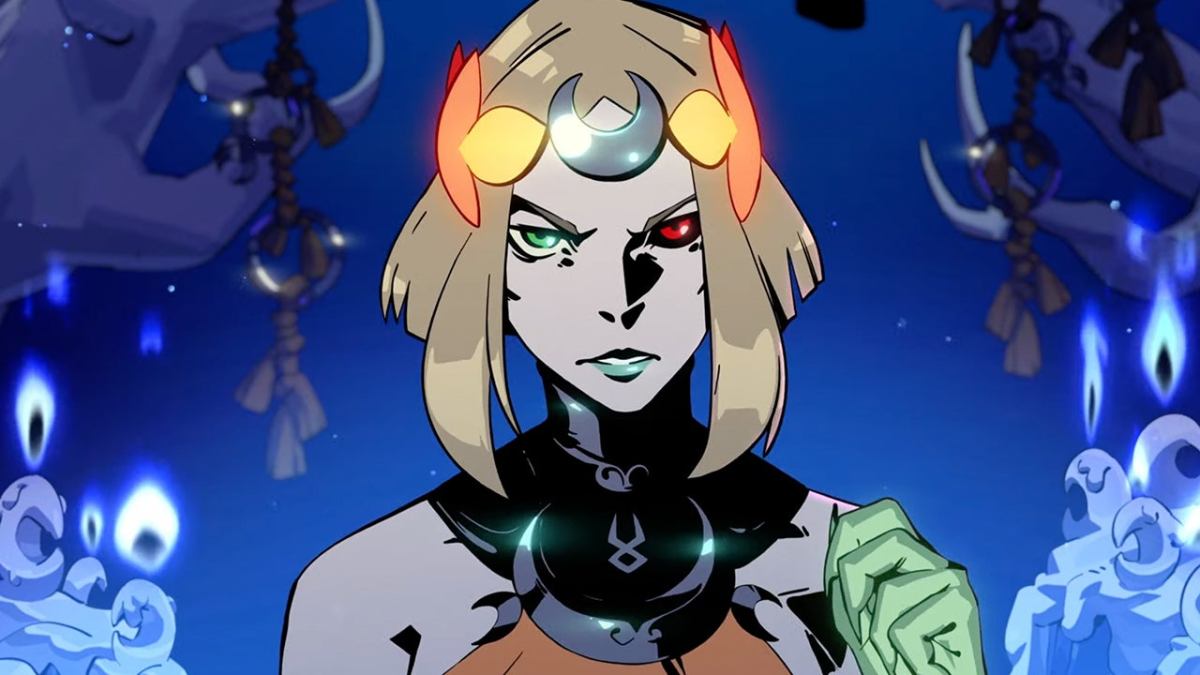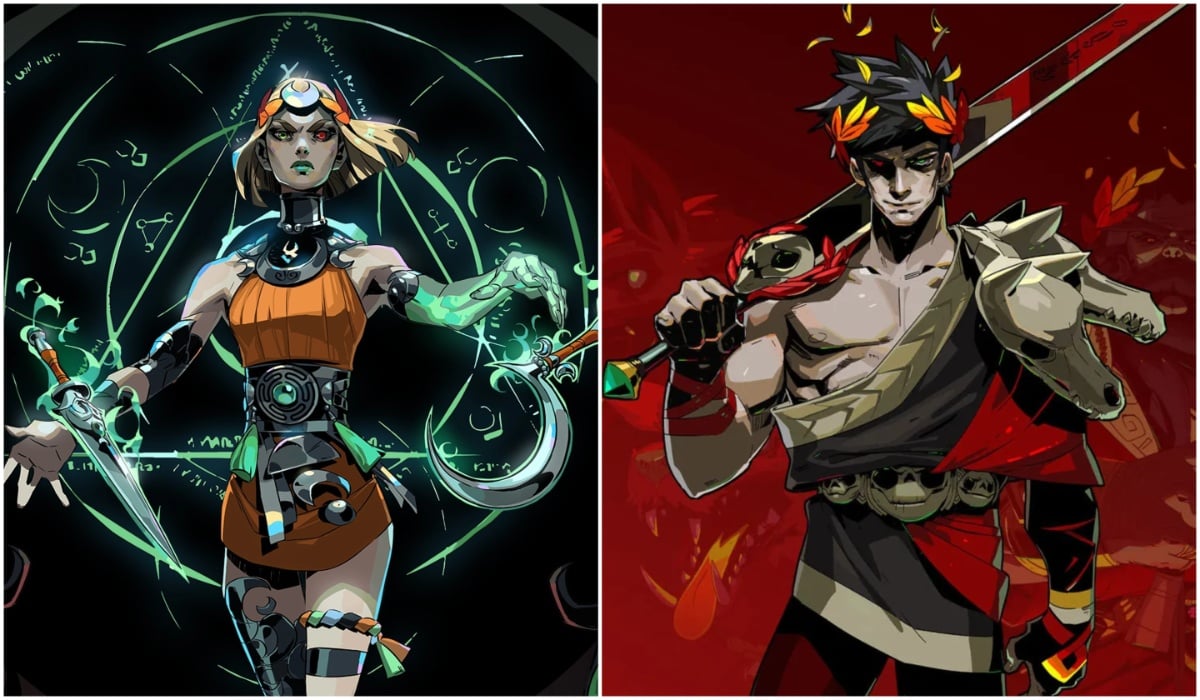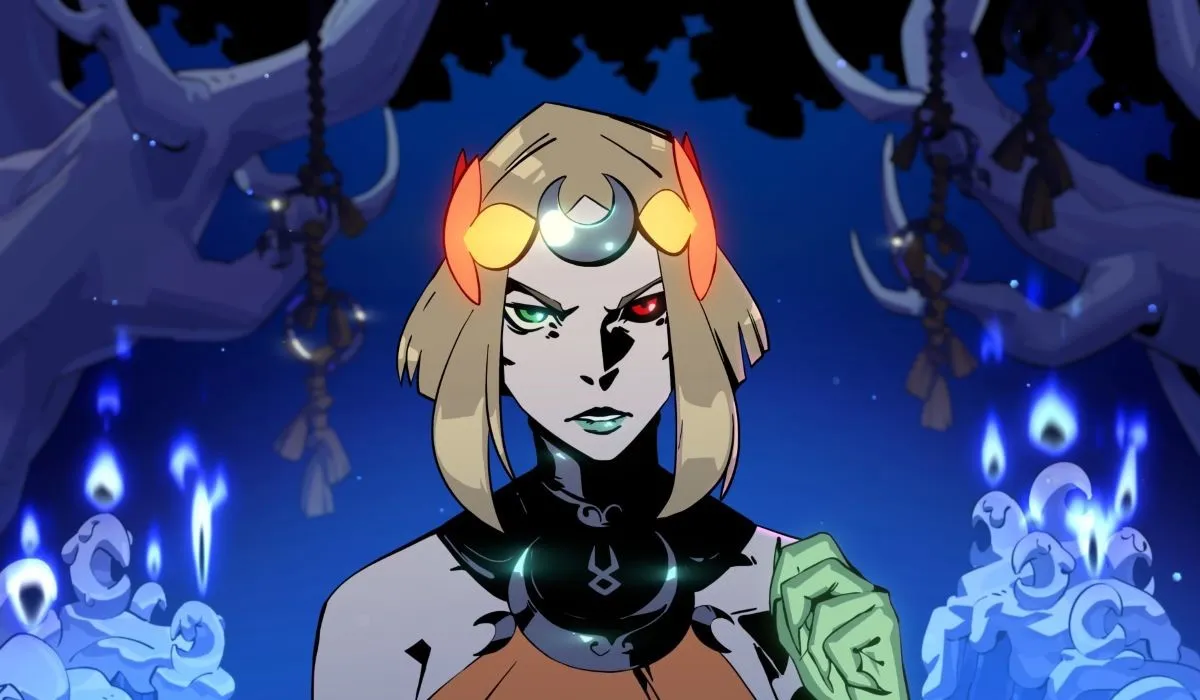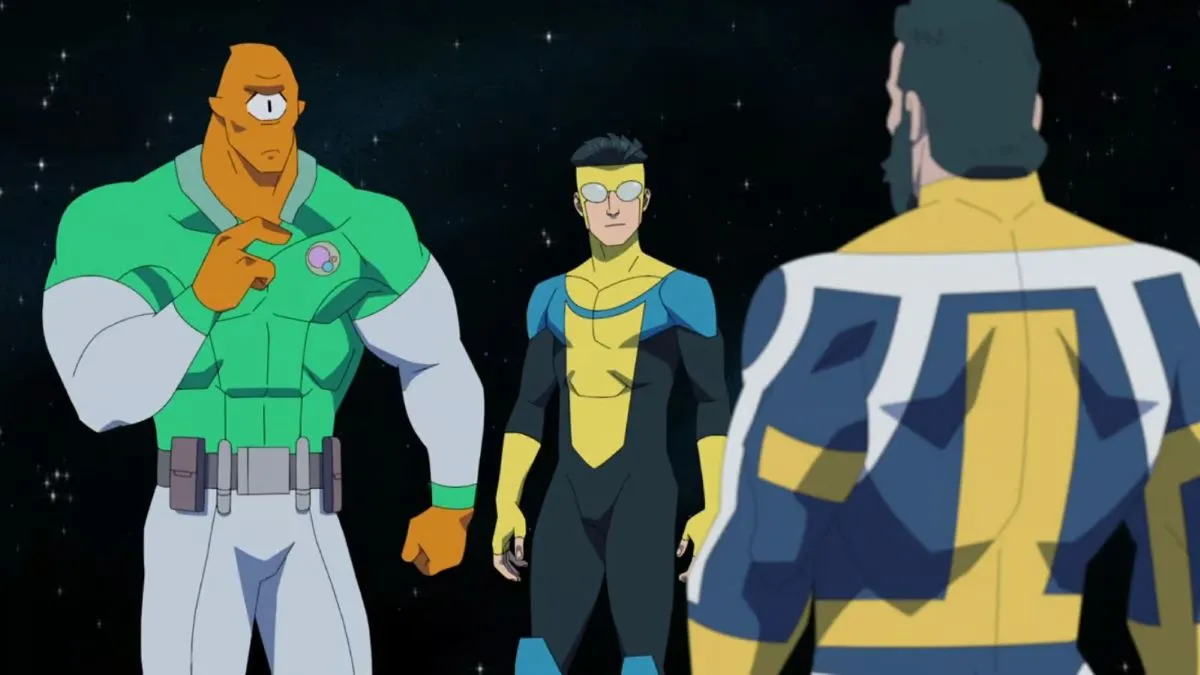While we were stuck inside the house as 2020 lingered into 2021, my partner and I found ourselves playing Taiko no Tatsujin for hours on end. We played it so much that we eventually bought the Nintendo Switch and PlayStation 4 versions of the game, which are similar-enough-but-different. In short, I live in a bonafide Taiko no Tatsujin household. Maybe one of … like … ten Bonafide Taiko Households in the USA. Lucky for us, the game is much more popular in Japan, and so, there’s a brand new “base” game for the Nintendo Switch: Taiko no Tatsujin: Rhythm Festival.
Taiko no Tatsujin is a long-running Japanese rhythm game franchise. Its bright, infectious style borrows heavily from the aesthetic of Japanese summer festivals (matsuri) as you drum your way to glory. “It’s like Guitar Hero, but better and with taiko drums,” is my normal line. Taiko no Tatsujin is ideally experienced in its arcade form, which features two large taiko for you to bang on. Unfortunately, it’s incredibly difficult to find Taiko no Tatsujin arcade machines in North America. Trust me, I know. Here’s the list. But the bright side is that Bandai Namco has begun an ever-accelerating campaign to make Taiko no Tatsujin accessible in other forms. In addition to the Switch and PlayStation games, there’s an incredibly fun, relatively new iOS version where you tap the screen.
The Switch, in particular, has gotten a lot of attention from Taiko no Tatsujin. 2018’s based game, Drum ‘n’ Fun, was followed up by 2020’s RPG take on the franchise, Rhythm Adventure Pack. Now, there’s Taiko no Tatsujin: Rhythm Festival, which is essentially an updated version of Drum ‘n’ Fun. It attempts to combine the best aspects from both previous Switch games … and the PlayStation release, Drum Session!. And it mostly succeeds!
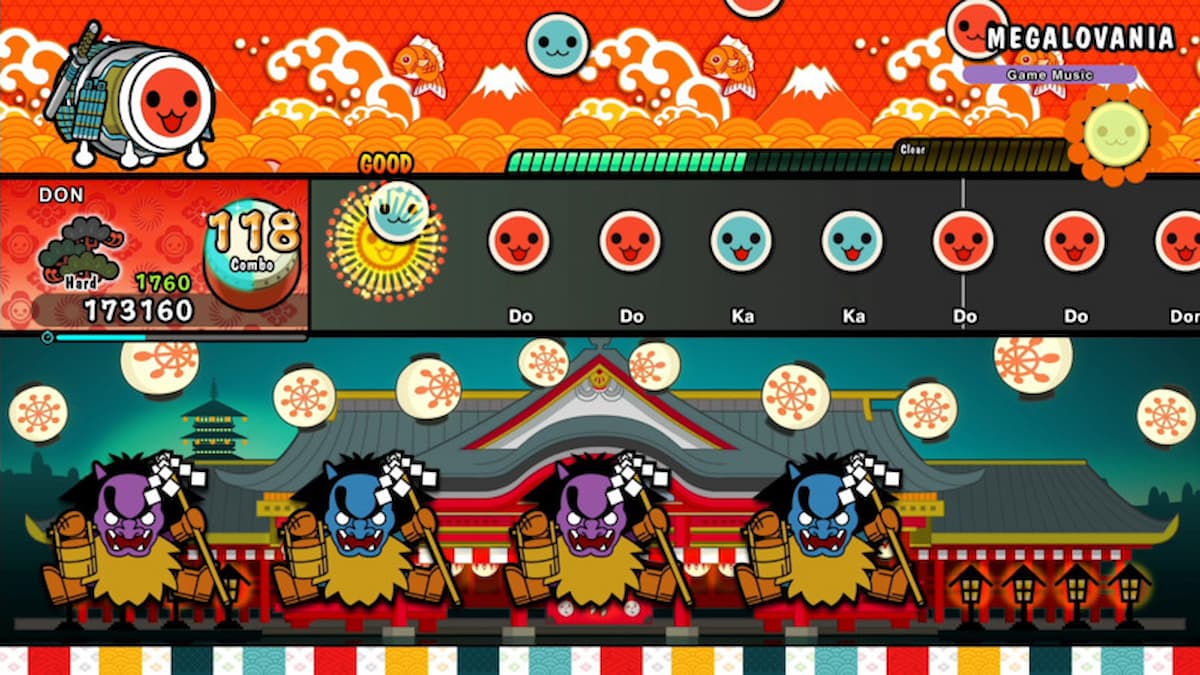
Rhythm Festival brings two very key features to the Switch from Drum Session!. One is a competitive online mode, which was only added to Drum ‘n’ Fun two full years after its launch. The other is customizable outfits for Don-chan. This might sound minor, but dressing up a living taiko drum as a portable shrine or giving it big, glaring eyes is an absolute delight. In fact, dress-up is my favorite feature in Drum Session! If you’re a fanatic like me, you might be disappointed by how few fashion pieces are completely new to Rhythm Festival, but the vast majority of Rhythm Festival‘s players won’t notice this. Instead, we will all delight in the various absurdities available in combining these brazen outfit pieces. I made my Don-chan look like Monkey D. Luffy. Thrilled.
Like Rhythm Adventure Pack, there’s a sort of “story mode” to Rhythm Festival, but there’s no RPG elements to accompany it. You simply progress by playing whatever mode you please. At the end of every “chapter,” you assist Don-chan and his friend/bandmate/love interest Kumo-kyun with a big performance. The story is incredibly cute. It’s definitely “for children,” but it drips with the welcoming, un-conceited “let’s play together!” vibe that makes me love Taiko no Tatsujin. (I once played a VR version of Taiko, wherein Don-chan came up me and said, “I’m so happy you’re here to play with us!” and it made me downright emotional.)
Lastly, like its predecessor on the Switch, Rhythm Festival incorporates some party games. Drum ‘n’ Fun! came packed with ridiculous mini-games, and I admit I miss them. Instead, Rhythm Festival introduces two new modes: the Great Toy Drum War and Don-chan Band. The Great Toy Drum War is available for both one and two players. I haven’t had a chance to play it with another player, but the game pushes you towards the one-player mode. And it’s kind of a bummer if, like me, you want to play the more challenging modes. You can adjust difficulty for the two-player version … but not the one-player version. So you’re stuck playing charts which are too easy for you. I deeply hope they change that.
The other mode, Don-chan Band, “orchestrates out” a song so that up to four players can play together, while playing different and complimentary parts. This is what the best two-player charts in the game, like “Natsumatsuri,” have always done. So Don-chan Band is excellent news. It’s also the first time four players have been able to play a song together in the franchise, to my knowledge.
As far as the classic Taiko no Tatsujin experience goes, it’s all here and all still great. Rhythm Festival does add a few big features, most notably Improvement Support: a mode which allows you to slow down and loop specific parts of specific songs that are giving you trouble. It even recommends other songs that can help you develop whatever skill you need to cultivate. Improvement Support is awesome. It’s the first time you can practice a chart outside of playing it over and over again. My one little suggestion is that it would sure be nice to hear a metronome while you’re playing the song slowly, without the backing track.
On the other hand, they’ve taken away the controller button that triggers a random song, and instead nestled “random song” in the menu, hiding among all the other songs. As someone who loves to play at random, I’m not thrilled about this, though I admit it’s a minor gripe.
The base game comes with 76 songs—which is actually two more than Drum ‘n’ Fun at launch. Among those songs is, at long last, an arrangement of the theme from The Legend of Zelda and a medley from Super Mario Bros. The downside is that, in a game whose arrangements typically are excellent, both of these arrangements are kind of weird. Super Mario Bros., in particular, comes with distracting sound effects, assumedly to make it feel like you’re “playing the game.” And the Zelda arrangement misses the landing, I think.
But the most controversial part about Rhythm Festival is bound to be the Music Pass, which is a series first. The Music Pass is essentially a cloud subscription service: If you pay $9.99 every 90 days, you get access to an additional 500 songs. The service updates every month, and the songs are downloaded onto your Switch as you elect to play them.
When I first heard about Music Pass, I assumed it would be the method through which Rhythm Festival would keep up with current Pops, Anime, and Game arrangements. These arrangements are on the arcade machines in Japan, but most machines available internationally don’t run the latest version of Taiko no Tatsujin. Something like this would then be the only way that Taiko fans abroad could play new charts in a timely manner. I’m sure fans definitely want to play songs like “New Genesis” from One Piece Film: Red and “Mixed Nuts” from Spy x Family. Hell, an arrangement for “My War” from the newest season of Attack on Titan exists on the machines, but Rhythm Festival is still stuck on the theme from season one. It’s a classic, yes. But why not have both?
I posed a bunch questions to Bandai Namco and haven’t heard back yet. But if this isn’t the plan for the Music Pass, it feels like a gigantic missed opportunity.
You can ignore the Music Pass and just buy a few DLC packs if your heart so desires. Music Pass aside, Rhythm Festival is an excellent entry point into the wonderful world of Taiko no Tatsujin. Returning players won’t find a ton of new material here, but the strength of the old formula in a newer, stronger-overall package is enough to bring joy to all.
(featured image: Bandai Namco)



